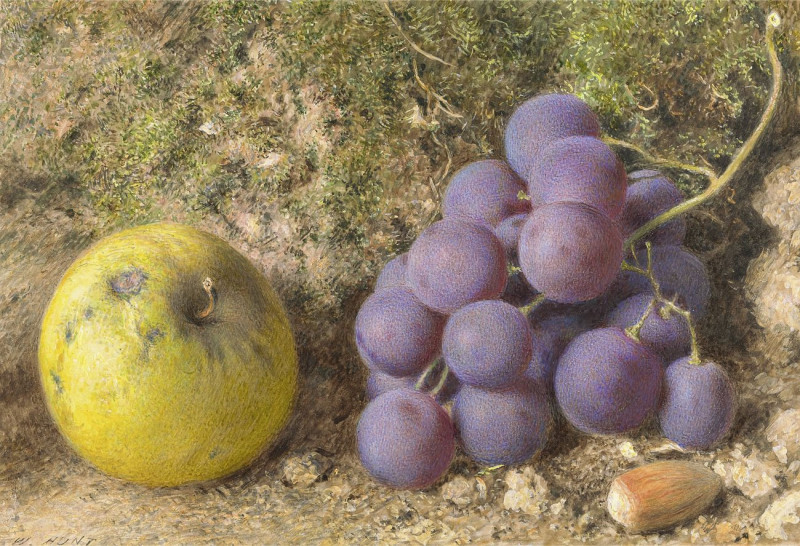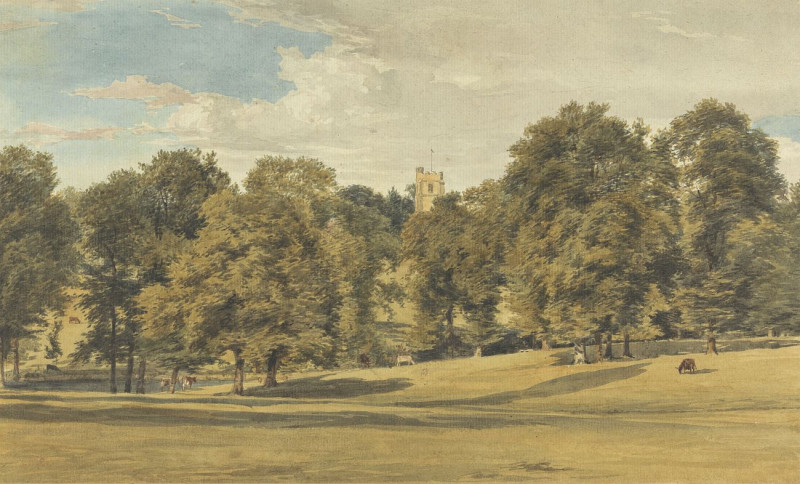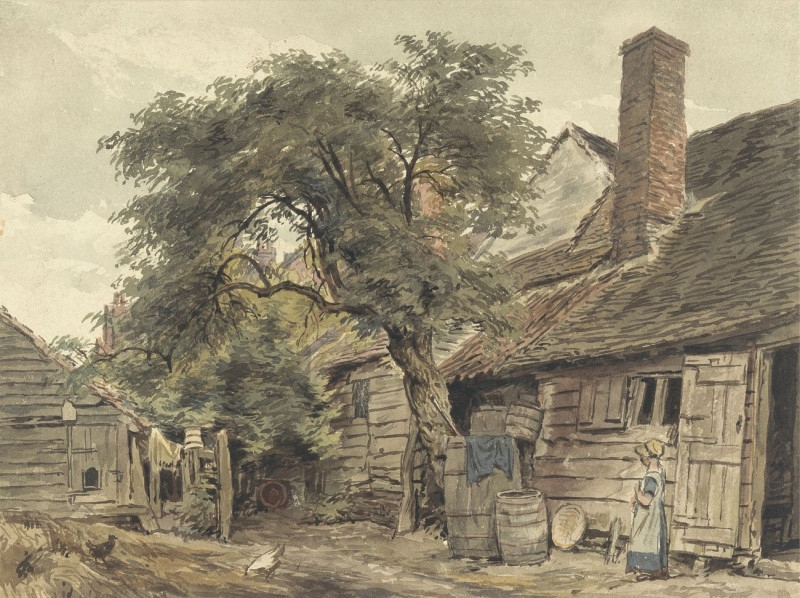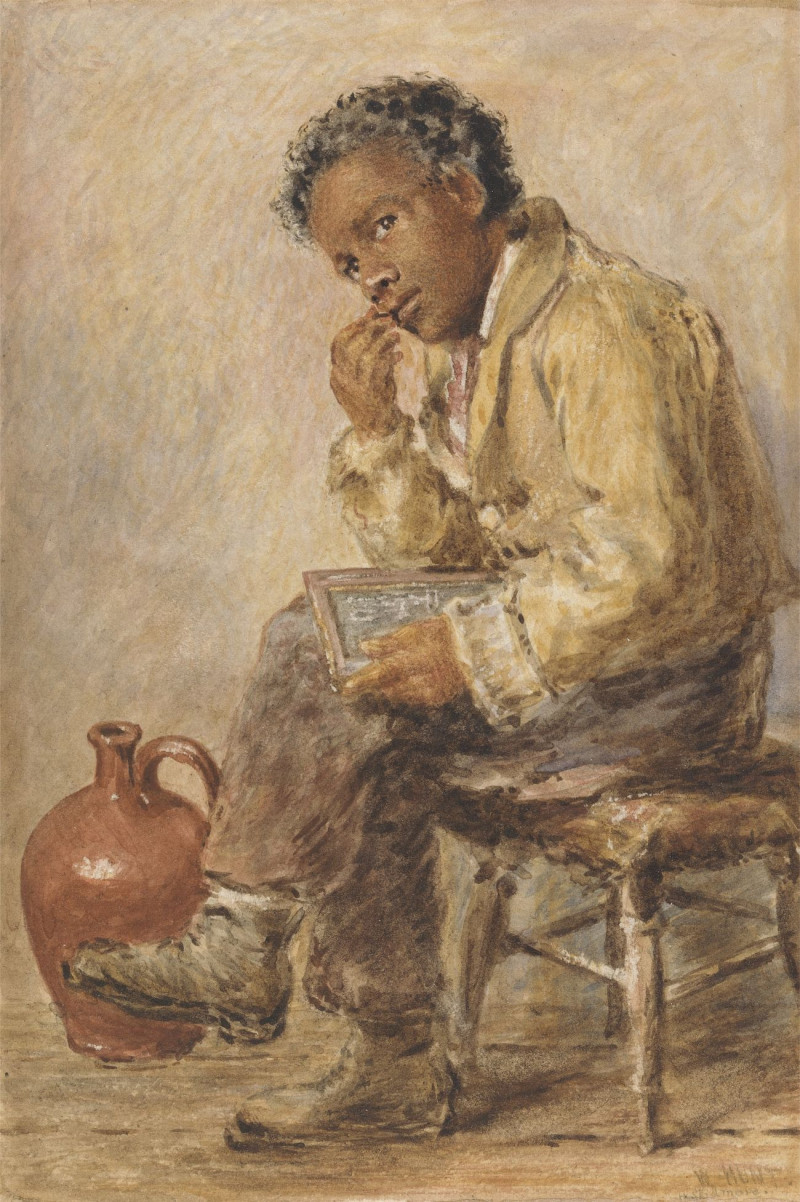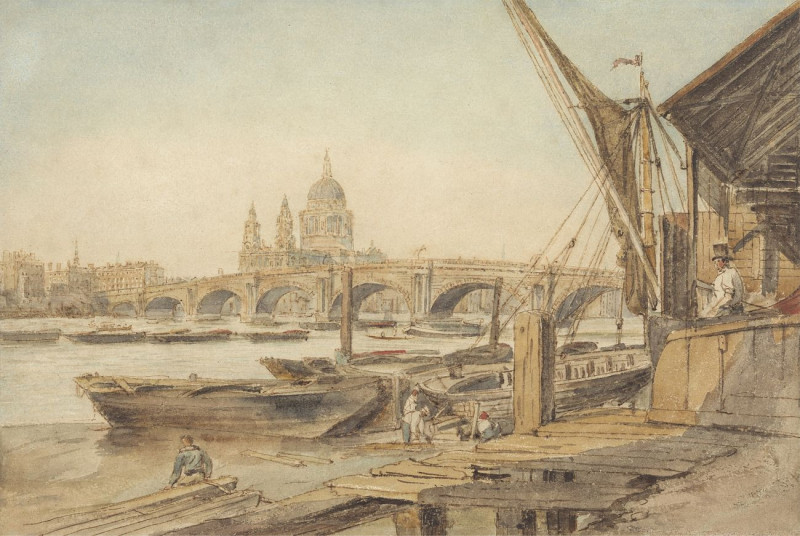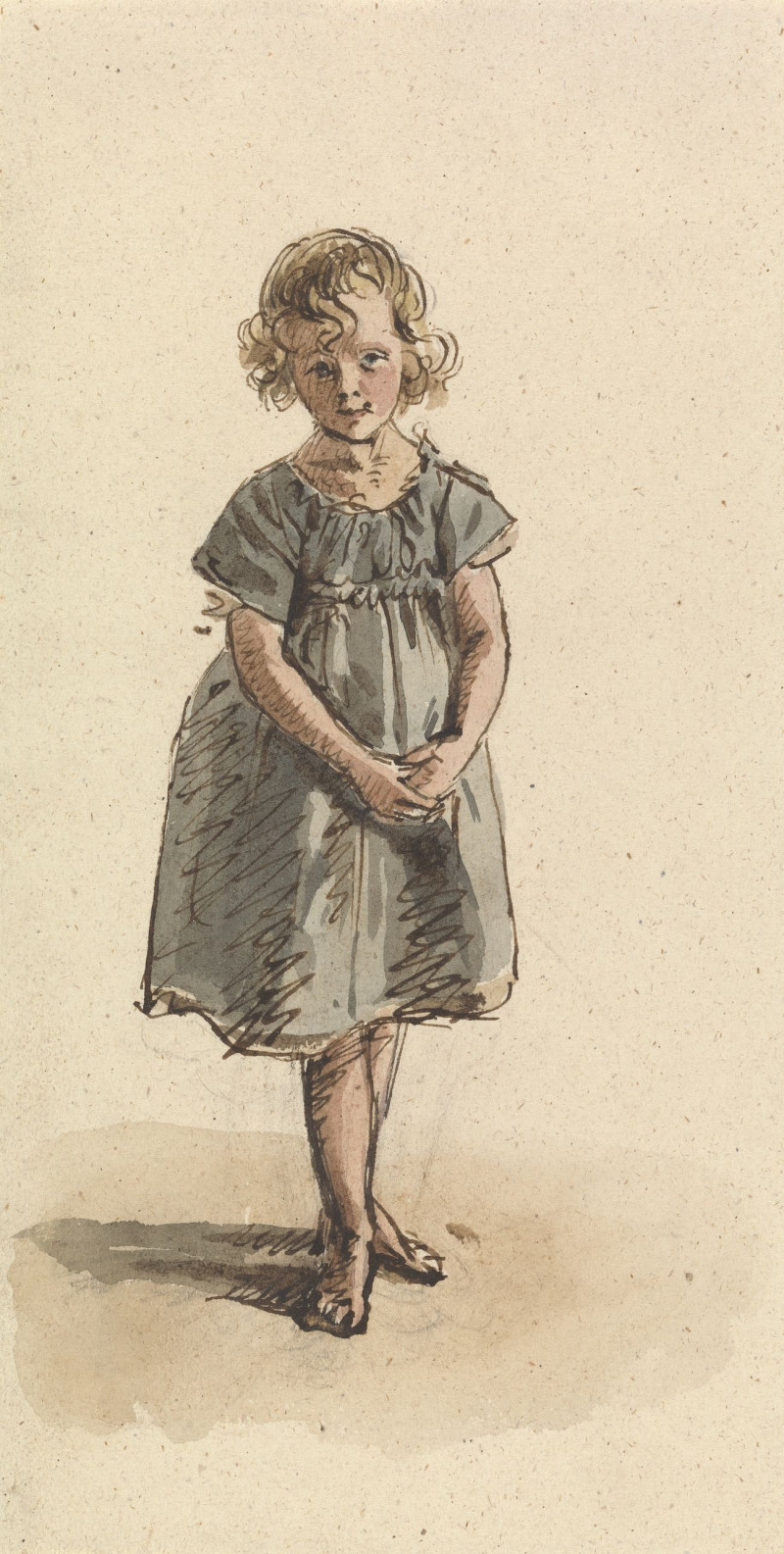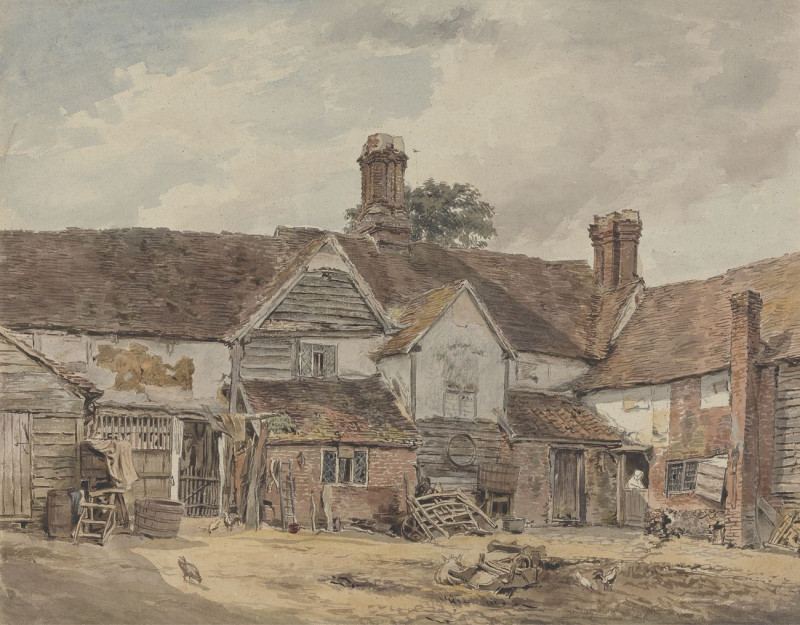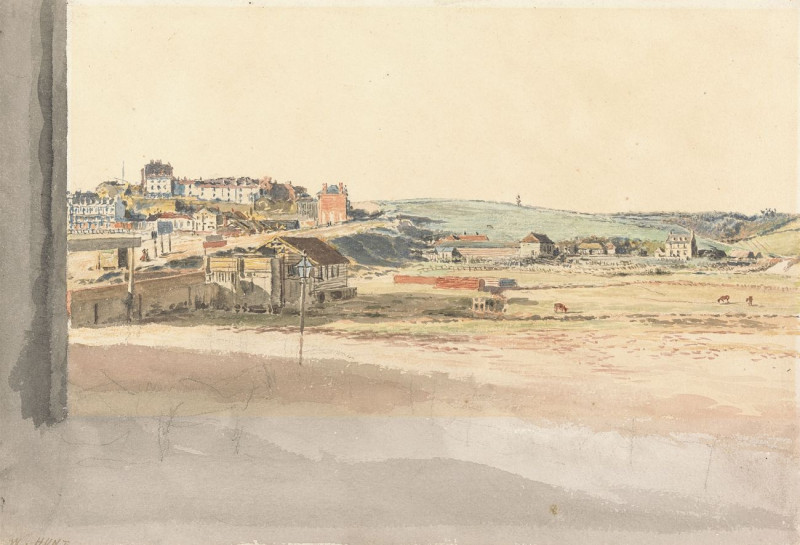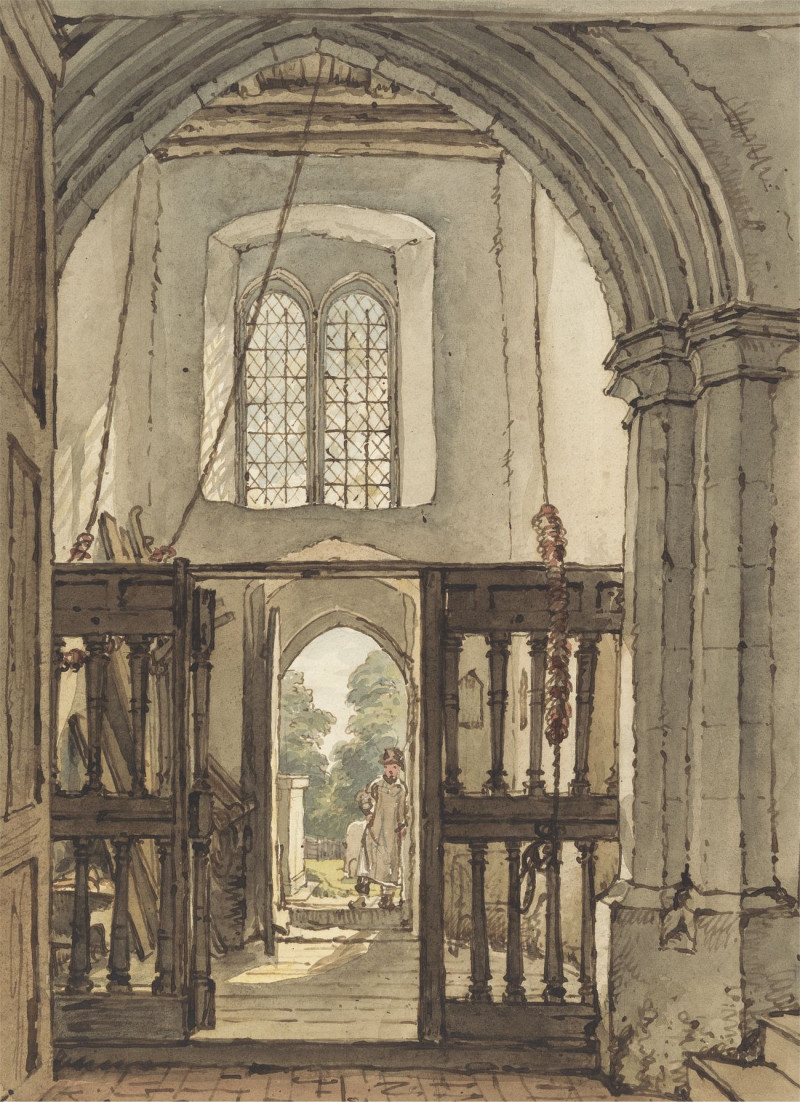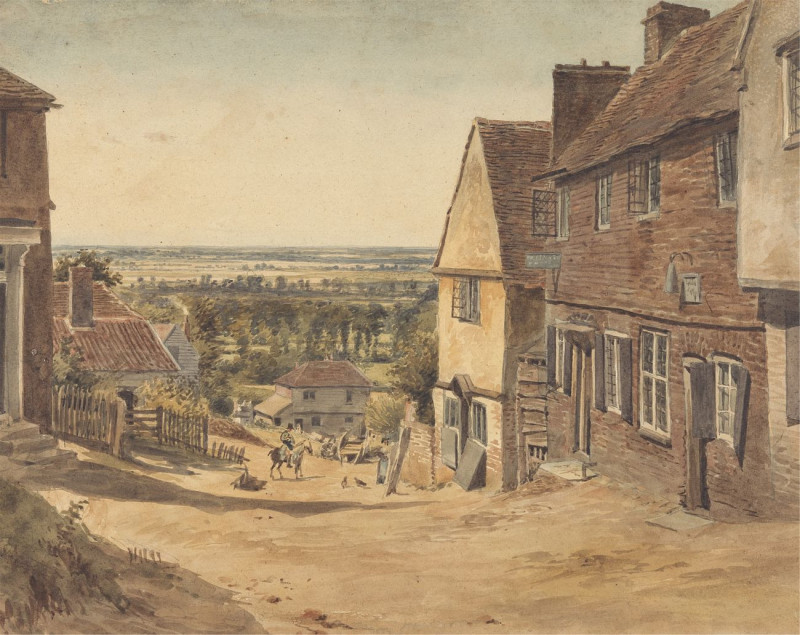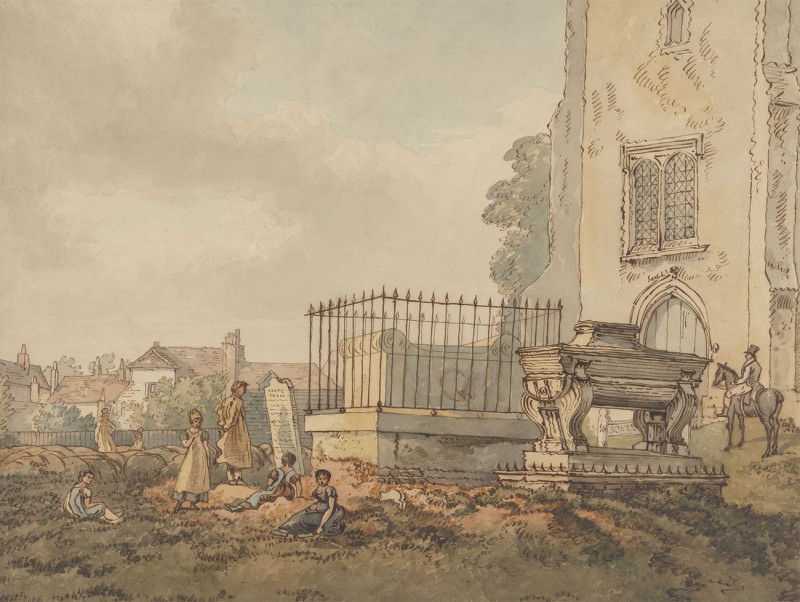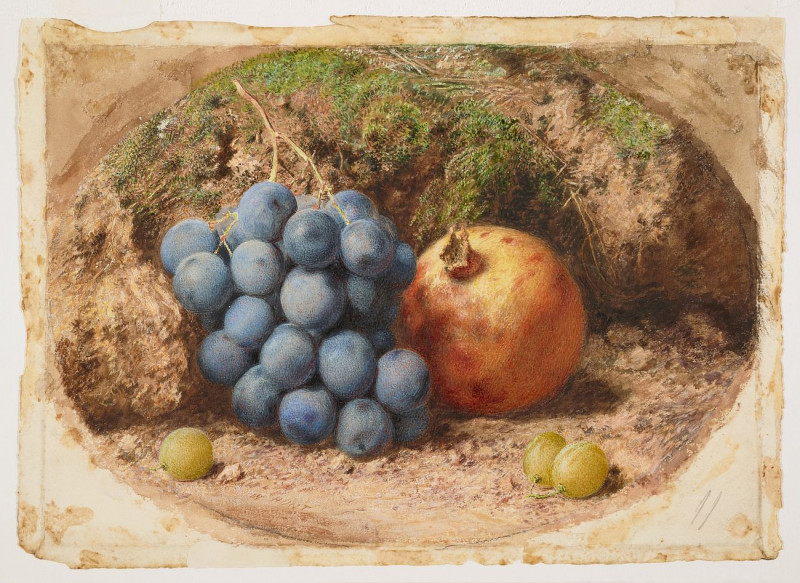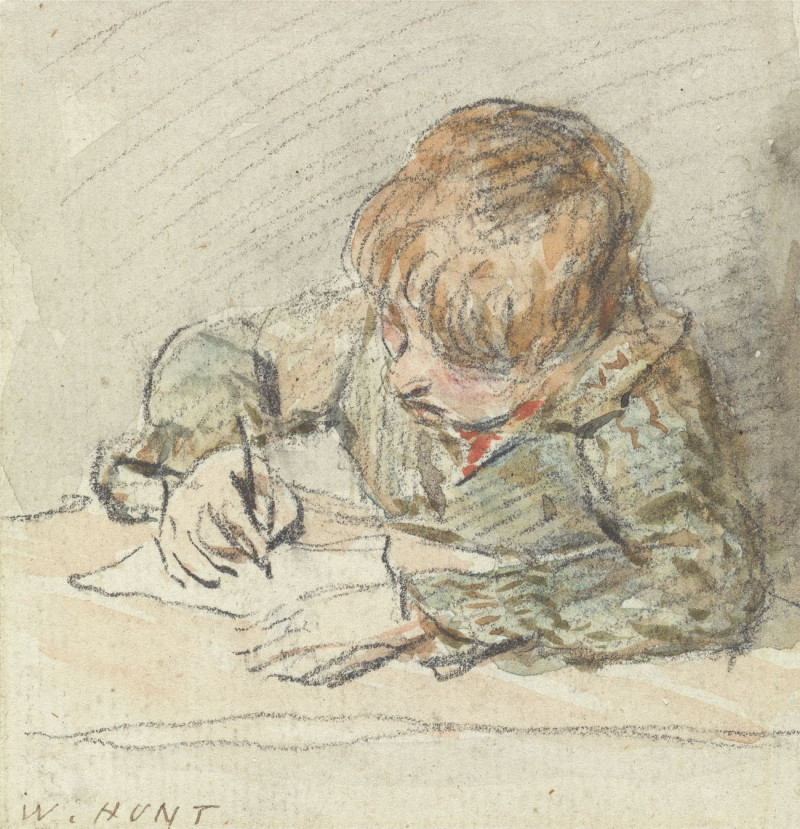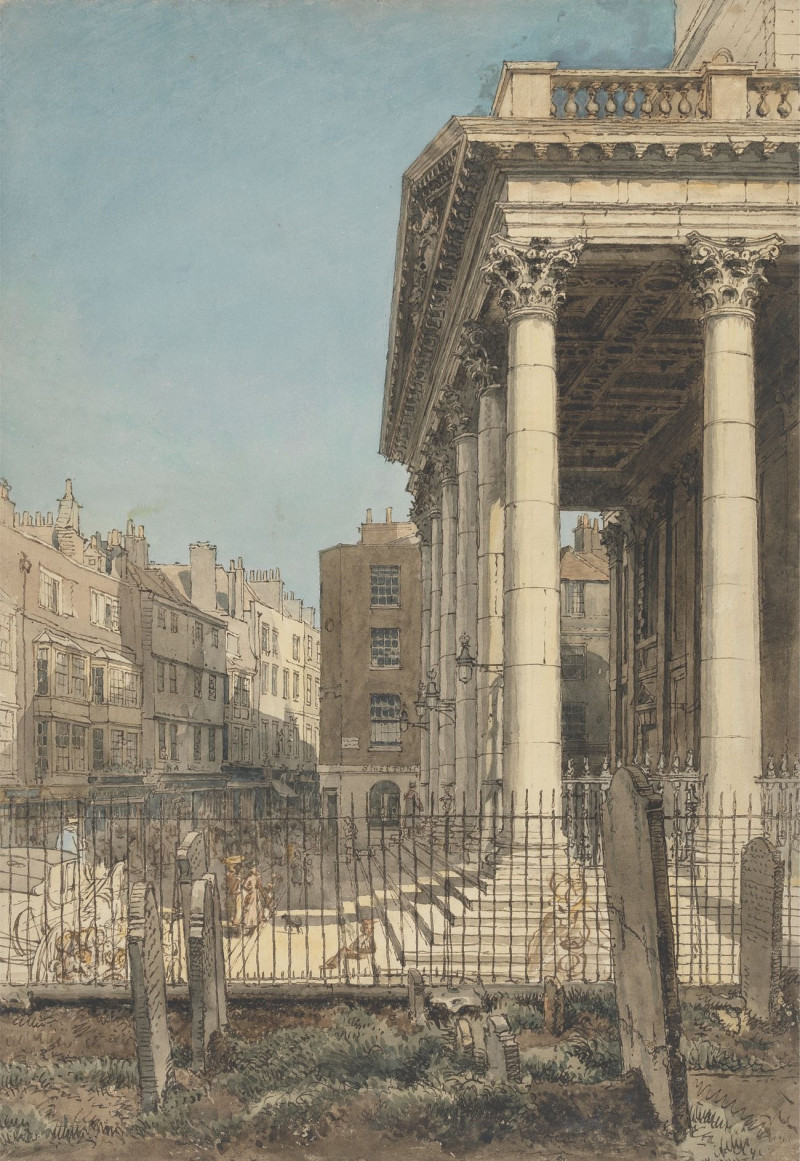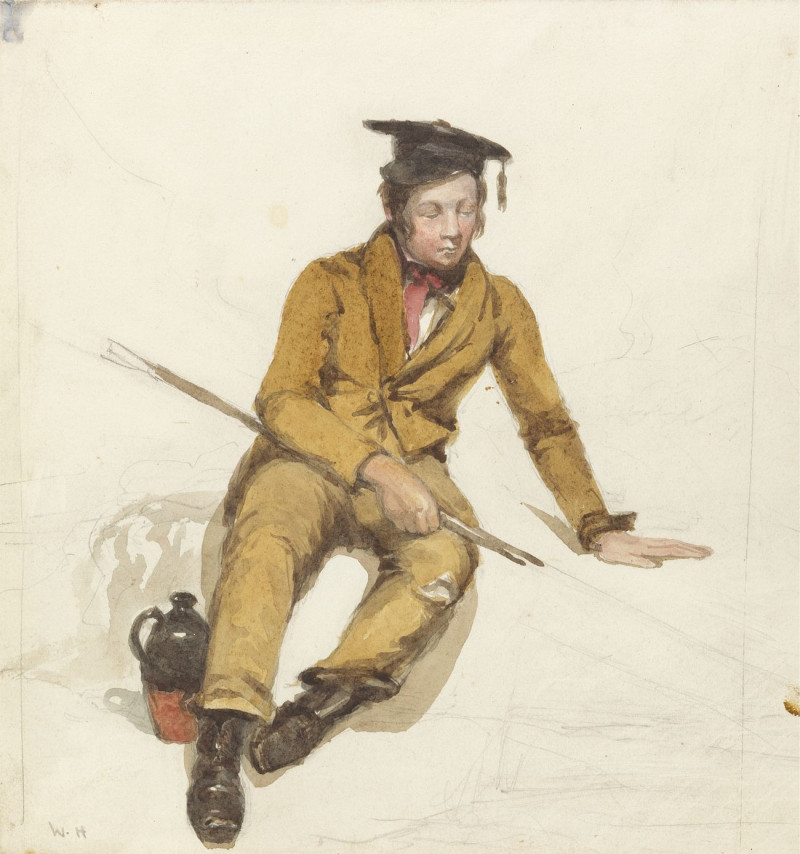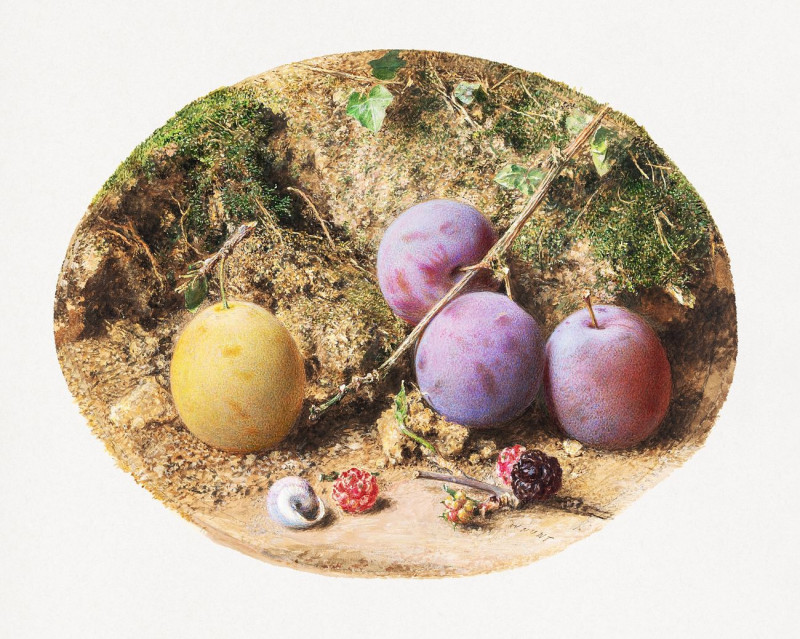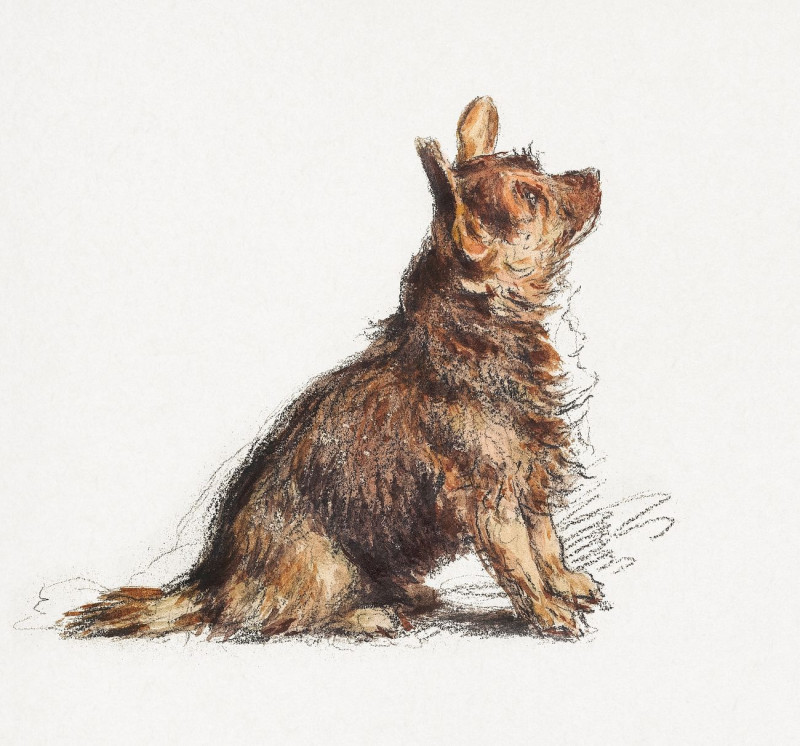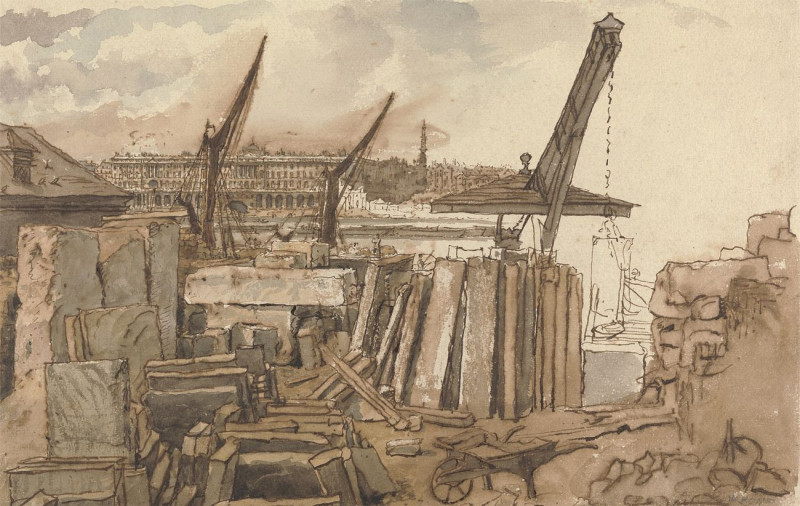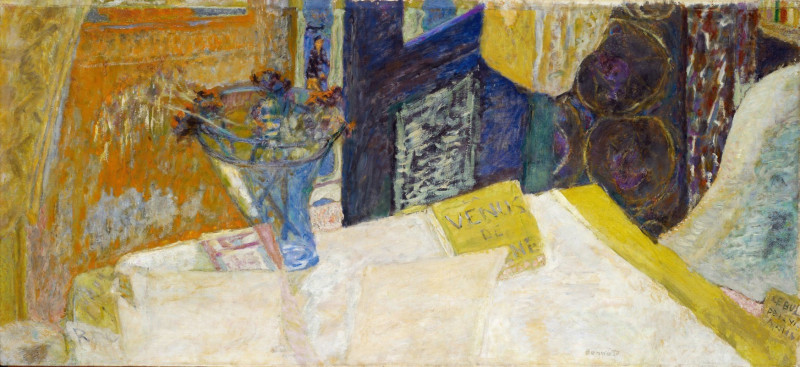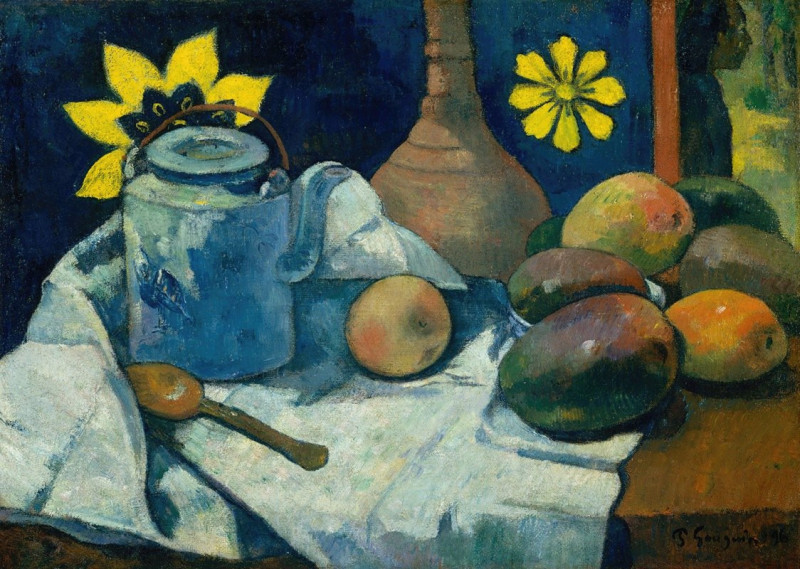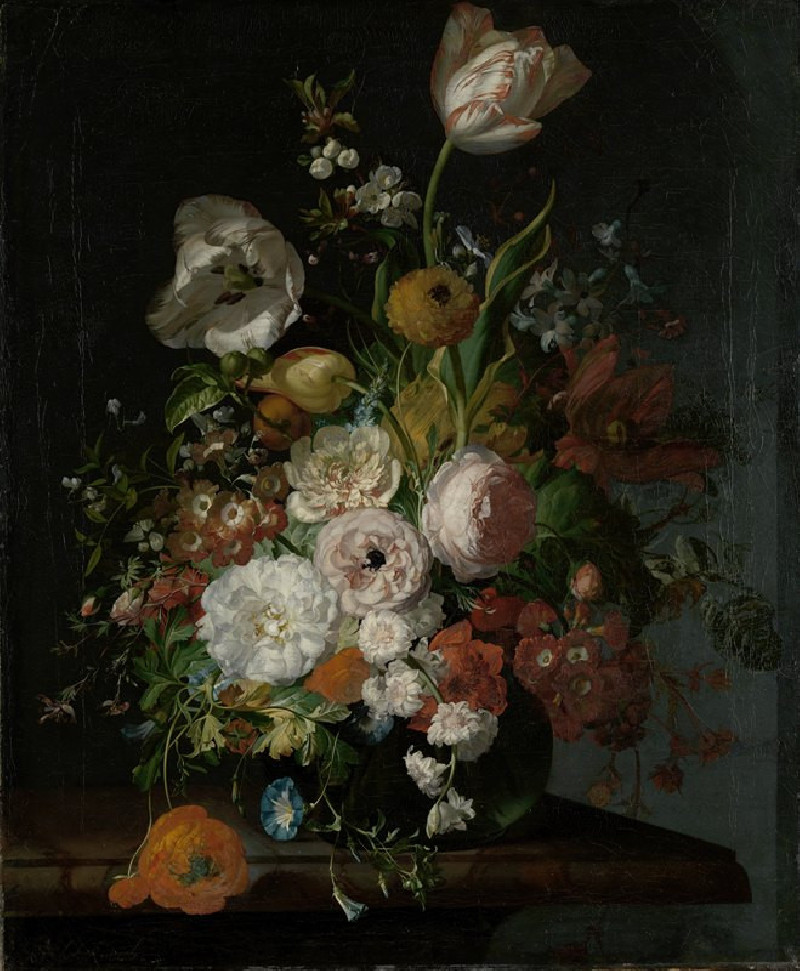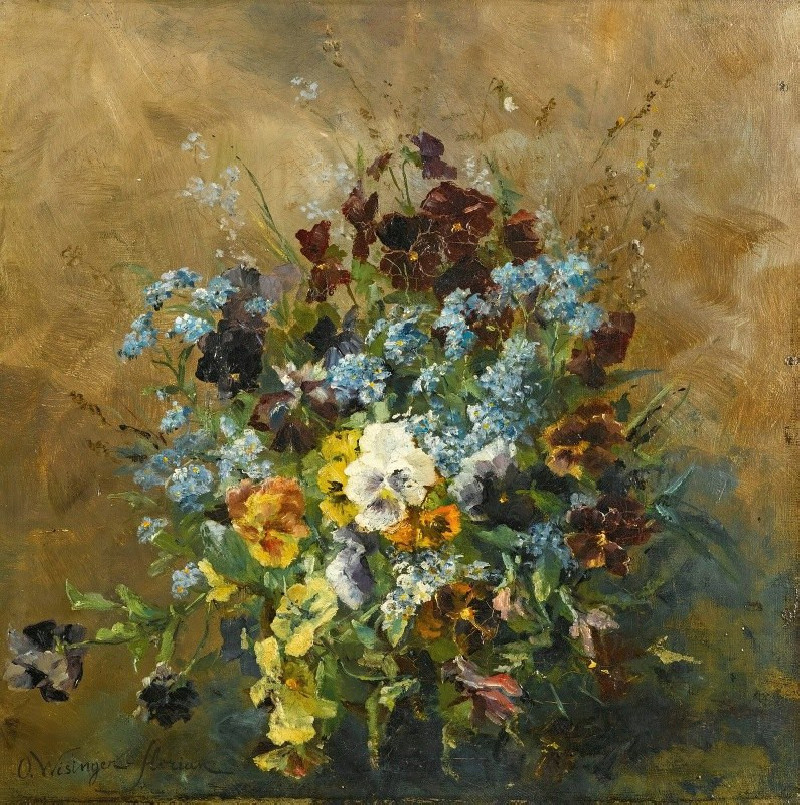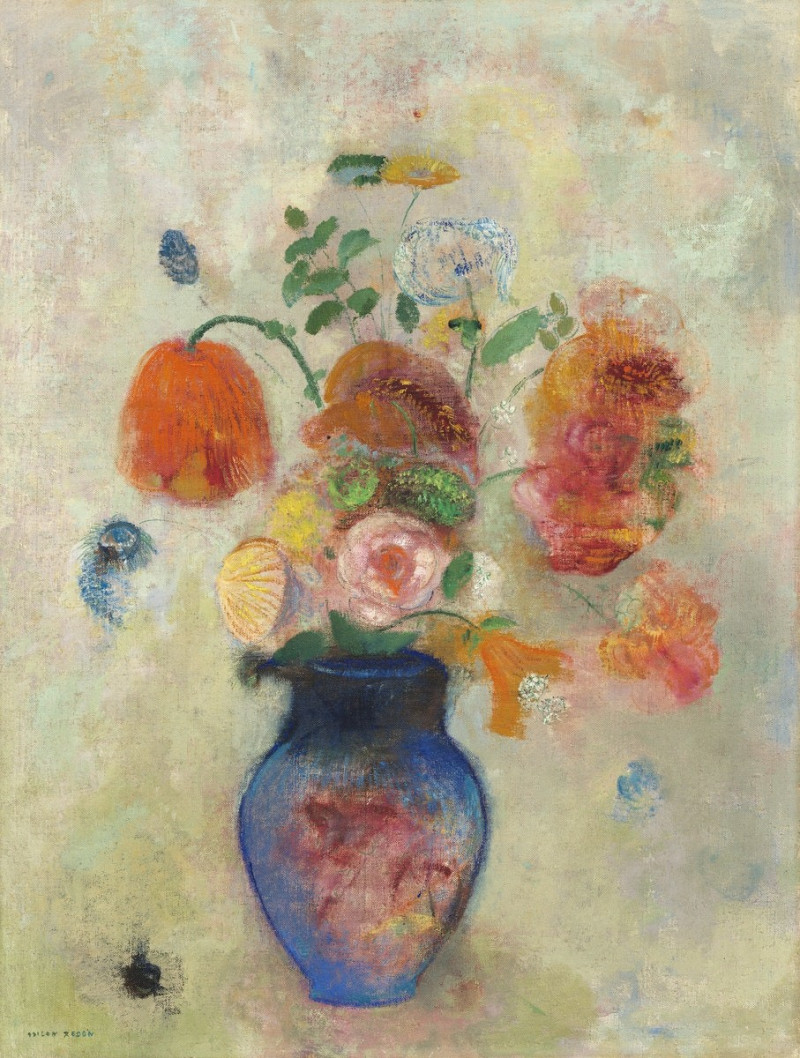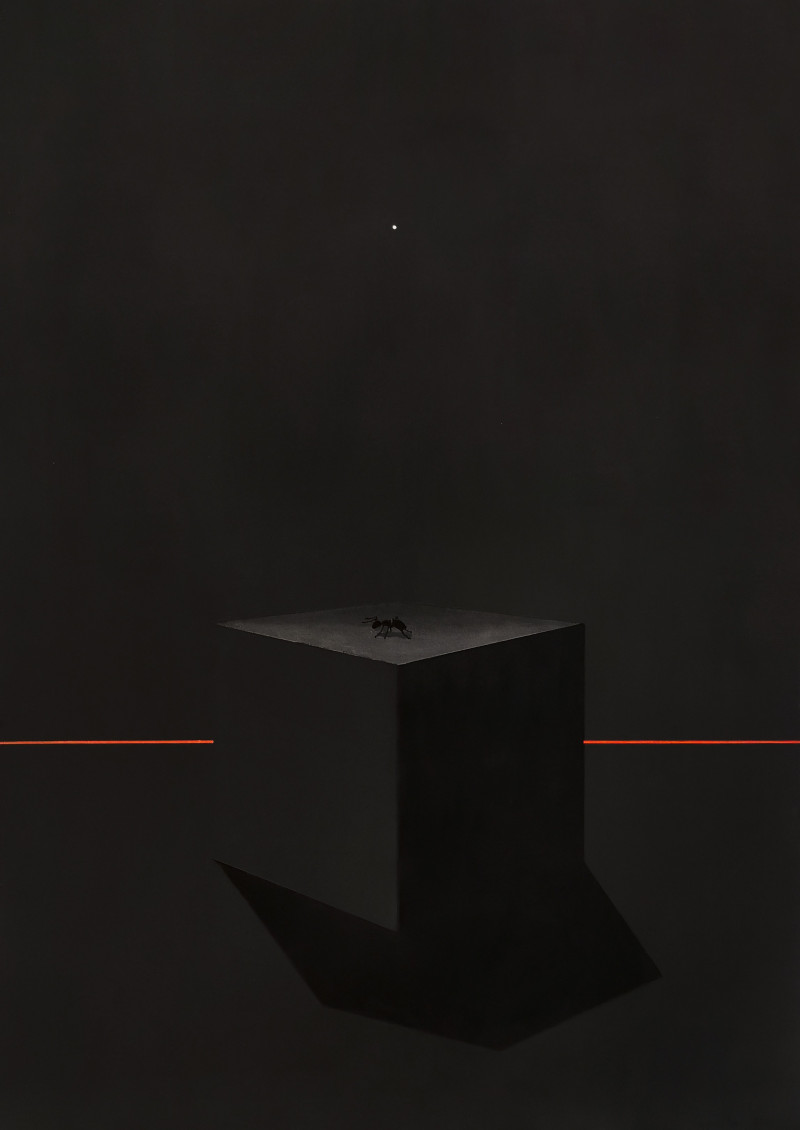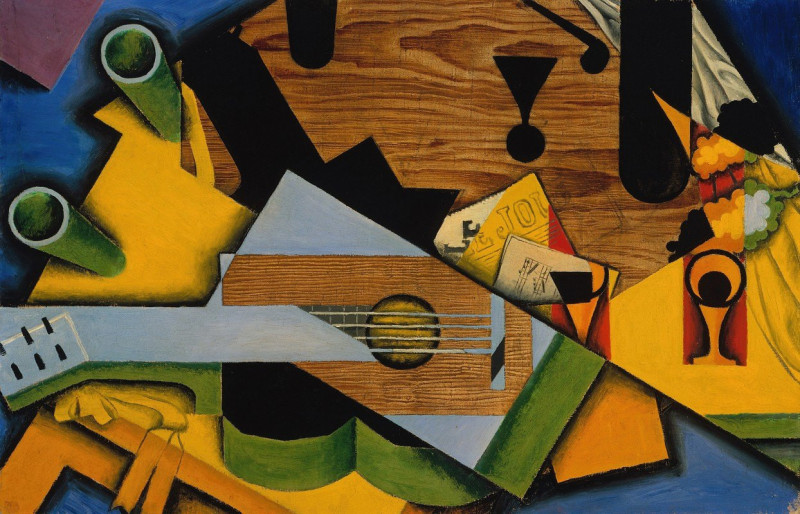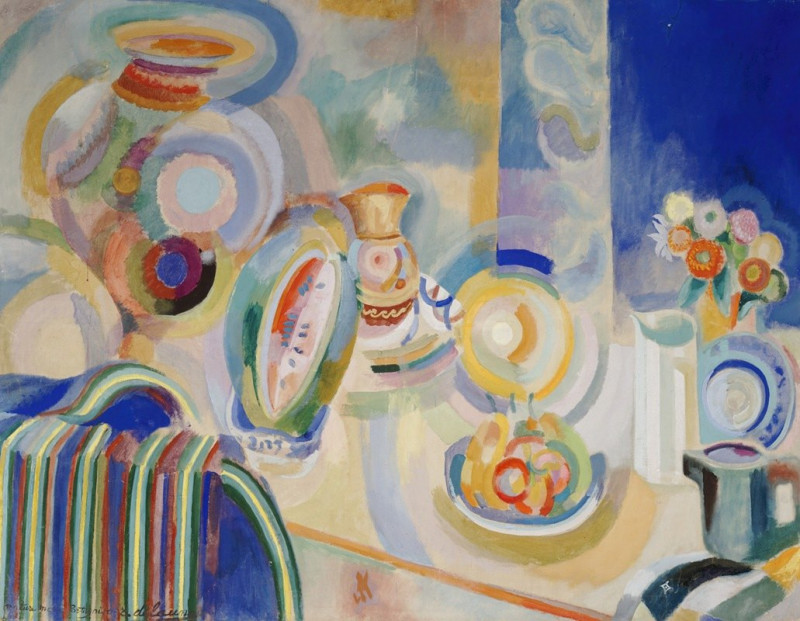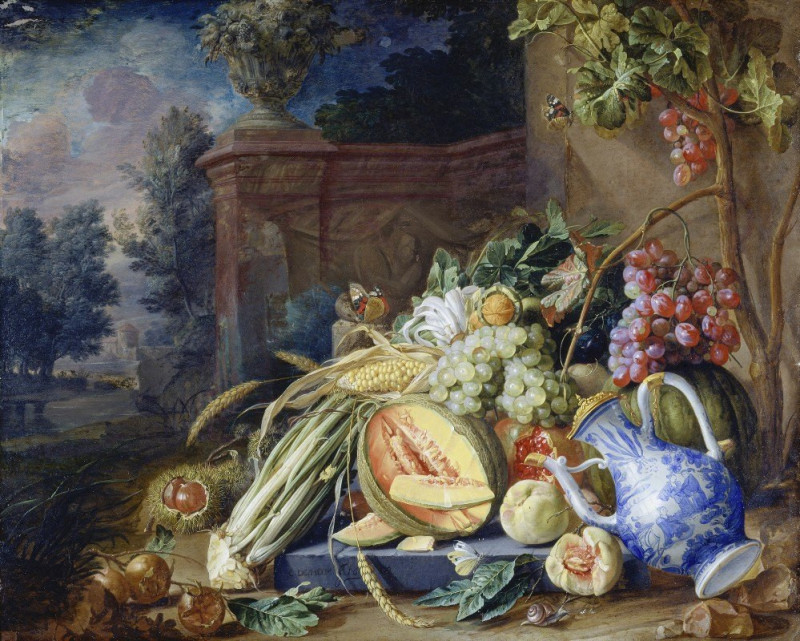Still Life With A Ginger Jar
Technique: Giclée quality print
Recommended by our customers
More about this artwork
"Still Life With A Ginger Jar" by William Henry Hunt is a charming depiction of various everyday objects arranged in a harmonious composition. The painting showcases an assortment of containers and a small basket, positioned against a subtly detailed, muted background that emphasizes the textures and colors of the objects themselves.In the painting, there is a notably tall, dark reddish-brown pitcher with a decorative lid on the left side. Next to it is a ginger jar, a traditional ceramic jar, covered by a protective wicker basket that has a handle over the top, indicating its use in daily household activities. This ginger jar has a light blue design, possibly of Asian origin, considering the style of its illustrations under the glass.Beside the ginger jar, there is a stout, deep blue jar with a simple, elegant form that provides a visual anchor with its saturated color. At the forefront, a small metallic object, possibly a spice shaker, lies on its side, showing signs of patina that suggest frequent use.Lastly, on the right side of the composition, there's a handwoven round basket filled with what looks like biscuits or small bread rolls, adding a domestic, lived-in feel to the scene.Hunt’s mastery in rendering the textures—from the glossy ceramics to the woven wicker and the rugged surface of the bread-filled basket—alongside the interplay between light and shadow, brings a tactile quality to the scene, inviting viewers to almost reach out and touch the items.
Delivery
Returns
William Henry Hunt (1790–1864), a 19th century British painter and watercolorist specialized in still life compositions. His early works were watercolor landscapes and portraits, but he later concentrated on painting still lifes of flowers, fruits, bird nests and eggs, figures in domestic settings and candlelight scenes. He is famous for developing a unique technique to create an enamel-like appearance to his paintings, which influenced many Victorian artists.


